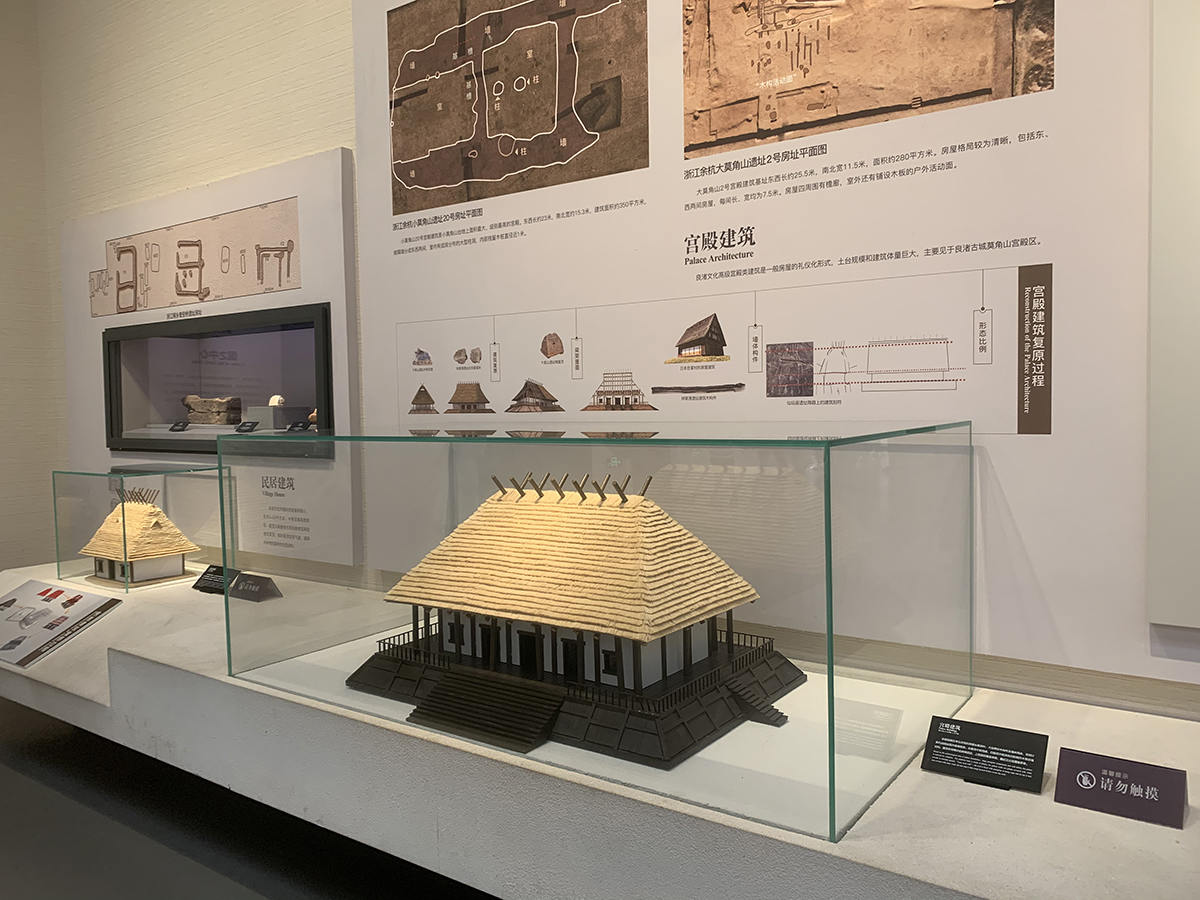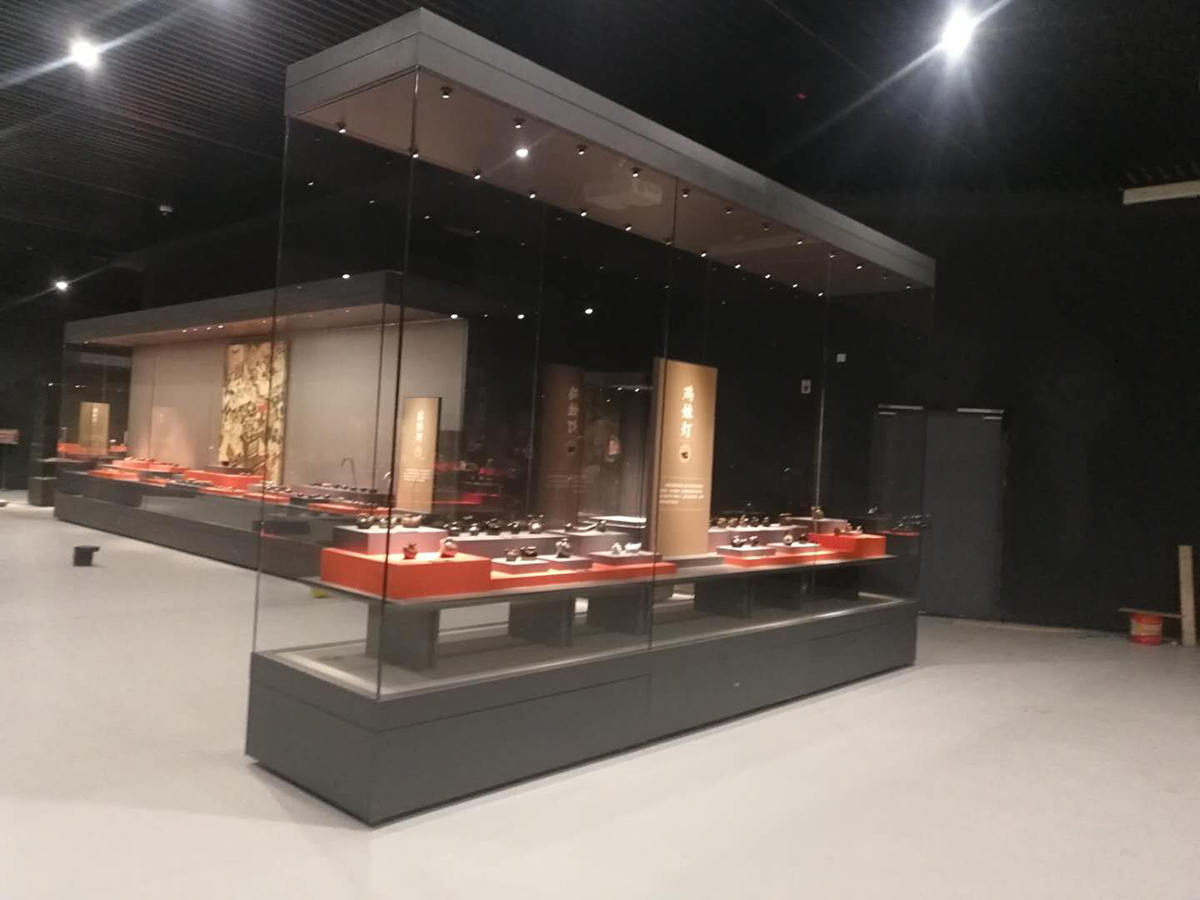With a long history and stable properties, glass is an excellent material that has stood the test of time, not only for decorative purposes, but can also play an important role in various optical instruments, and even contribute to energy saving and noise reduction in buildings. Using different processing methods, you can make glass with different properties. Next, I will describe what museum display case glass is and explain how excess glazing is removed.
Museum display case glass is glass specially designed for museum display cases, based on raw glass panels, using laminated technology, and designed and produced by 7 processes, 16 processes, and 5 washes, as the main part of the display case, it plays an important role in display, preventive protection, security, maintenance and installation. In the past museum field, the special glass for display cabinets was mainly operated with ultra-white interlayer, but with the improvement of the requirements of the audience to visit, it has been developed from ultra-white interlayer glass to low-reflection interlayer glass, and the display effect is improved. Low-reflective laminated glass does not reflect light and can be clearly seen, by visitors and museums welcome, the new application of museum display cabinets so that the Forbidden City, the National Treasure, Hebei Province, such as the treasure of several museums become the originator of low-reflective laminated glass.

Museum display case glass characteristics:
1, accurate size to ensure the sealing of the whole display case;
2, the processing should be carried out at a high level of dust-free control, to ensure the high transmittance of the glass, to obtain a good viewing experience;
3, adjust the ultraviolet transmittance rate, otherwise, in the process of displaying cultural relics, they will be eroded by harmful light;
4, through the invasion prevention function.
Museum display cabinet glass after a long period of development, early museums do not have high requirements for display cabinet glass, so transparent, you can see the artifacts inside. But this kind of glass has low security and is fragile. After that, toughened glass came on the scene and was applied to museum display cabinets, which strengthened the safety of display cabinets to a certain extent. However, toughened glass is not a product developed from the perspective of cultural heritage protection, but rather a problem of unpredictable and destructive self-destruction.
In addition, the permeability of toughened glass does not meet the requirements of cultural heritage display, so toughened glass is more of a mitigation solution before finding the right glass. With the continuous development of technology, the development of professional museum booth glass, which is a product developed from the perspective of heritage protection, provides a professional solution for the protection and display of cultural relics, what are the benefits compared with other glass?
1, not fragile: museum booth glass is composed of double glass laminated glass, which is durable, broken glass is also attached to the film, and there is a certain degree of protection of cultural relics, which can free up time to deal with theft and vandalism.
2, filtering ultraviolet: museum display case glass can also effectively filter ultraviolet light, to avoid paper or wood products by ultraviolet radiation to the surface or fading.
3, non-color: museum booth glass contains iron, accurate display of cultural relics of the original color, the core of the display of artistic artifacts, and the original color to the audience to show the artistic approach to the production of cultural relics.

4, good display effect: the museum display case glass also has the characteristics of high transmittance and low reflectivity, the third generation of special glass for display cases has been developed to more than 98% light transmittance, and less than 1% reflectivity, so that visitors will not be disturbed by their shadows when looking at the cultural relics.
5, good craftsmanship: the processing technology of special glass for display cabinets has also been greatly improved, cut with high dimensional accuracy, and the glass and shelves are tightly engaged to improve the sealing.
6, reduce the burden of cleaning: special treatment on the surface of the special glass for display cabinets to prevent some of the fingerprints and dirt, reducing the difficulty of cleaning. Fingerprints and dirt to a certain extent, can be easily unravelled with a rag and special detergent.
The above content introduces some of the advantages of museum display case glass, and I believe that with the continuous development of technology, its performance will be more powerful. How to remove the excess glass rubber cleanly?
1, for the unhardened glass rubber, is easier to deal with. You can use the detergent at home, and then sprinkle it on the glass rubber, wait for a few minutes, and wipe it clean with a rag.
2, if it is already solidified glass rubber, gently scraping with a single blade or a hobby knife can also remove the glass rubber, but you can use a hobby knife to remove the glass rubber from the glass, so if you scrape it carefully, the glass will be easy to be scratched, which will affect the beauty of the display cabinet.
3, wipe with a wet towel: almost processing, it is best to dilute with a wet towel, and gently wipe, so as not to damage the glass surface, damage the surface of the display cabinet.
4, organic solvents: if it is more difficult to remove the glass glue, or long-term adhesion, is difficult to remove, you can use some organic solvents (such as alcohol, petrol, etc.) to dissolve the glass glue.






